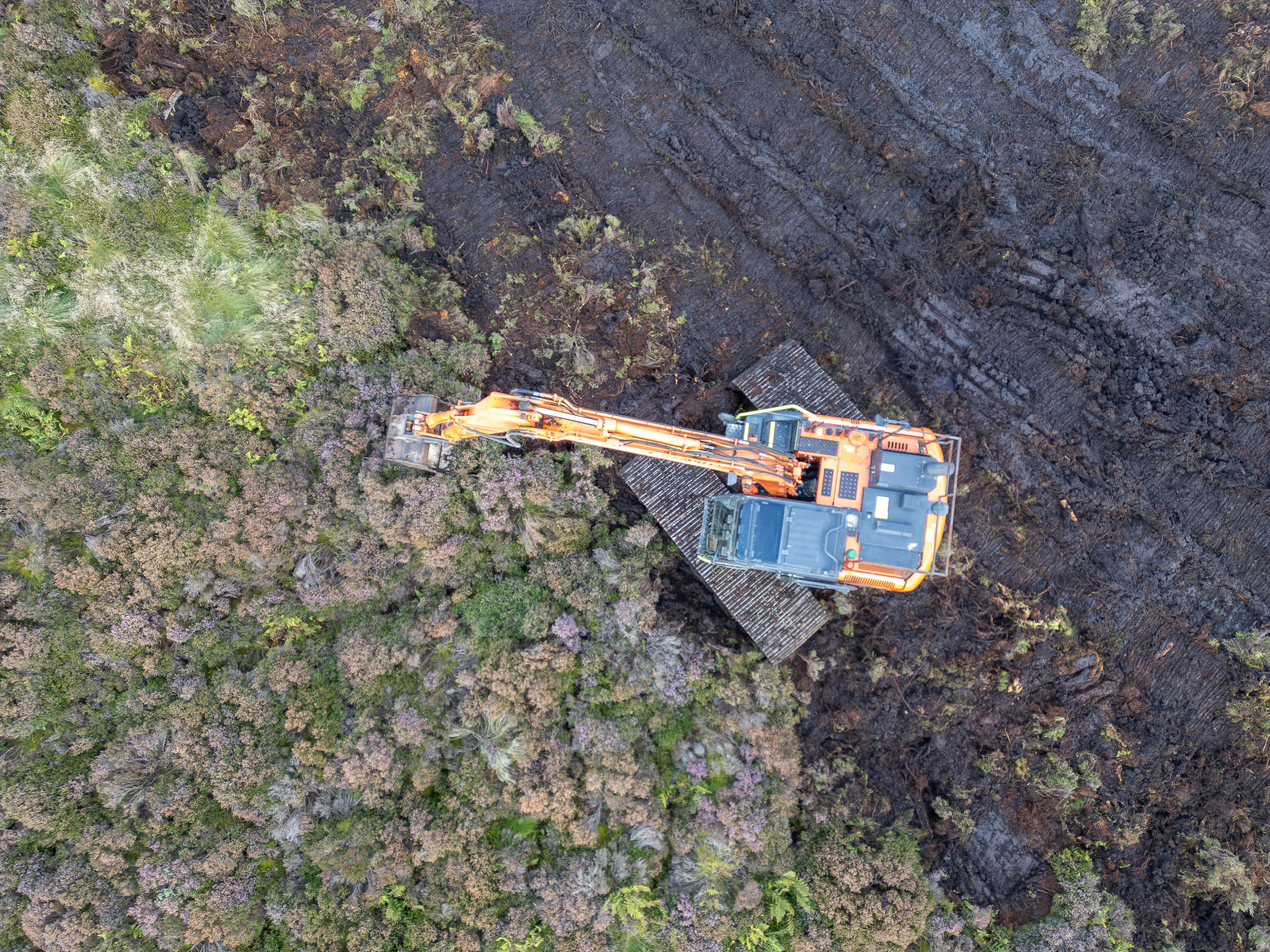Case Study: Successful Environmental Impact Mitigation in Florida's Scientific Projects
Overview of Environmental Impact Mitigation
Environmental impact mitigation is a crucial component of scientific projects, especially in ecologically sensitive areas like Florida. Successful mitigation strategies are essential to preserve the region's unique biodiversity while allowing scientific progress. This case study explores innovative methods and best practices implemented in Florida to balance environmental conservation with scientific endeavors.
Florida, with its diverse ecosystems ranging from wetlands to coastal regions, presents a unique challenge for scientists and environmentalists. The state's commitment to protecting its natural resources has led to the development of effective mitigation strategies that serve as models for other regions.

Integrating Technology in Environmental Mitigation
One of the most significant advancements in environmental mitigation has been the integration of technology. In Florida, projects have utilized drones and satellite imagery to monitor ecosystems and assess the impact of scientific activities. This technological approach allows for real-time data collection and analysis, providing a comprehensive understanding of environmental changes.
Additionally, geographic information systems (GIS) have been employed to map sensitive areas and predict potential impacts. This data-driven strategy ensures that project planning and execution are aligned with environmental conservation goals. By leveraging technology, Florida has set a benchmark for sustainable scientific research.

Community Engagement and Stakeholder Collaboration
Successful environmental impact mitigation also hinges on community engagement and collaboration with stakeholders. In Florida, local communities, governmental bodies, and environmental organizations work hand-in-hand with scientists to develop and implement effective strategies. This collaborative approach ensures that diverse perspectives are considered and that solutions are practical and sustainable.
Public participation in decision-making processes has also proven crucial. By involving local residents in discussions about potential environmental impacts, projects can address community concerns and gain public support. This inclusive strategy not only enhances project success but also fosters a culture of environmental stewardship within the community.

Case Study: Restoration of Wetland Areas
One of the standout examples of successful mitigation in Florida is the restoration of wetland areas impacted by scientific activities. These restoration projects focus on rehabilitating native plant species, improving water quality, and reestablishing natural hydrological patterns. By prioritizing ecosystem restoration, these initiatives help to offset any adverse effects of scientific research.
- Replanting native vegetation to stabilize soil and provide habitat for wildlife.
- Implementing water management systems to mimic natural hydrology.
- Monitoring wildlife populations to ensure biodiversity is maintained.
The outcomes have been promising, with significant improvements in ecosystem health and resilience observed in restored areas. These projects highlight the effectiveness of comprehensive planning and execution in environmental mitigation.

Lessons Learned and Future Directions
The case studies from Florida provide valuable insights into effective environmental impact mitigation strategies. Key lessons include the importance of integrating technology, fostering community involvement, and focusing on ecosystem restoration. These elements are critical in ensuring that scientific projects do not compromise environmental integrity.
Looking ahead, Florida aims to continue refining these strategies by incorporating emerging technologies such as artificial intelligence and machine learning. These advancements promise to enhance predictive capabilities and further reduce the environmental footprint of scientific endeavors.
As other regions look to adopt similar approaches, Florida's experiences serve as a guiding framework for balancing scientific progress with environmental sustainability. By sharing knowledge and best practices, we can promote responsible scientific research that respects and preserves our natural world.
